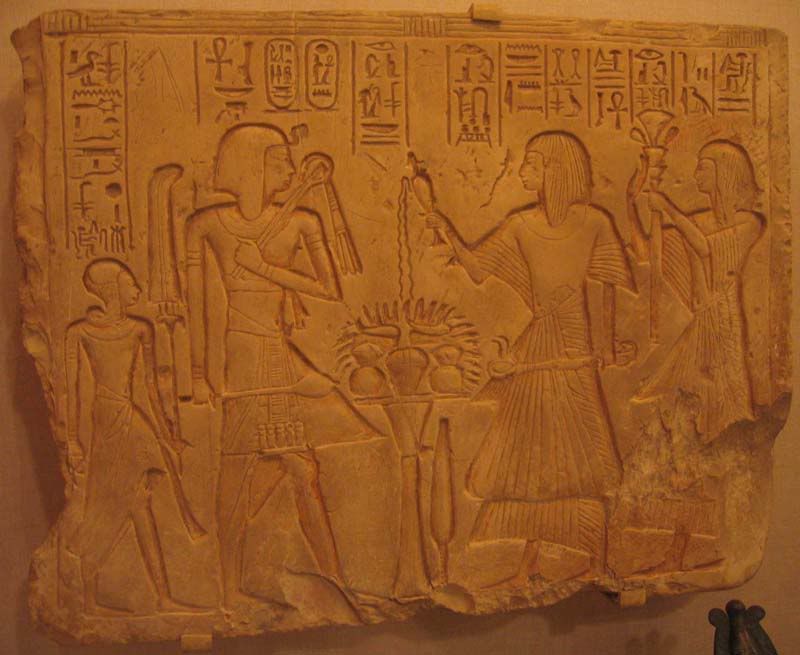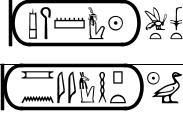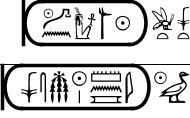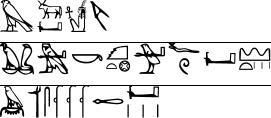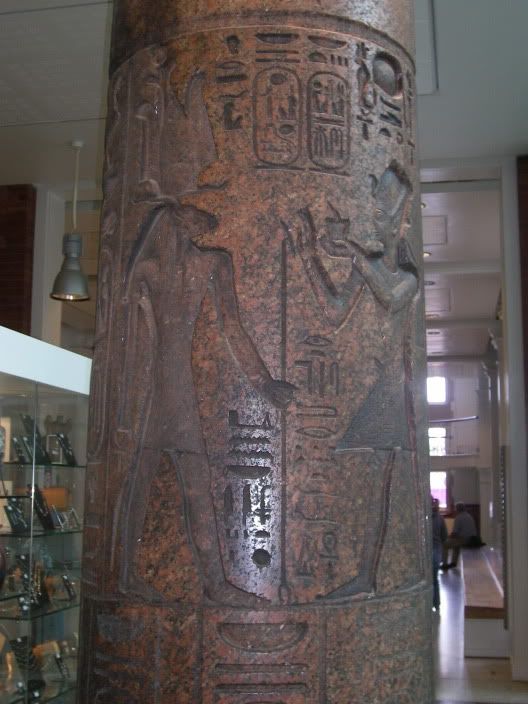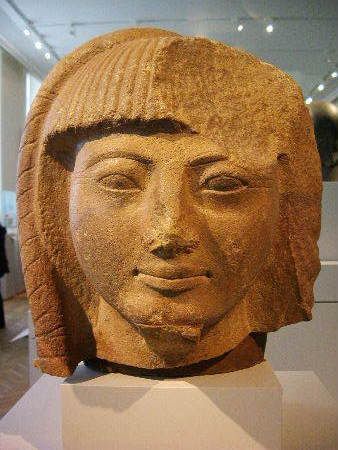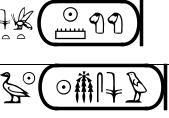

Ramessu (I) was not of royal birth, he was probably born of a noble family in the Nile Delta area, where he was originally called Paramessu, taking the name Ramessu when he came to the throne. He was originally a military man, where he eventually held the title of "General of the Armies." This is how Ramessu (I) came to inherit the throne, as he was favoured by the previous pharaoh, Horemheb, who died childless. Ramessu's (I) Queen was called Sitre, and they had a son together who was named Sethy, and he served as "Crown Prince." Queen Sitre was buried at Queen's Valley 38. Ramessu's (I) reign was very short, lasting from approximately 1292-1290 BC. Ramessu (I) was buried at Kings's Valley 16, but is believed to have been moved in antiquity to the mummy cache at Deir el-Bahri 320, only to be stolen and smuggled out of Egypt where he was brought to the museum in Niagara Falls. The mummy was then bought by The Michael Carlos Museum at Emory University in Atlanta. Although it is in no way conclusive that this particular mummy is indeed Ramessu (I), scientific testing has provided expected-death dates that are within approximate dates for Ramessu's (I) time of death. Measurements of his skull have also shown a great likeness to that of his son Sethy (I), and his grand-son Ramessu (II), and the style of the mummy's wrappings are very similar to mummification techniques of that period.

